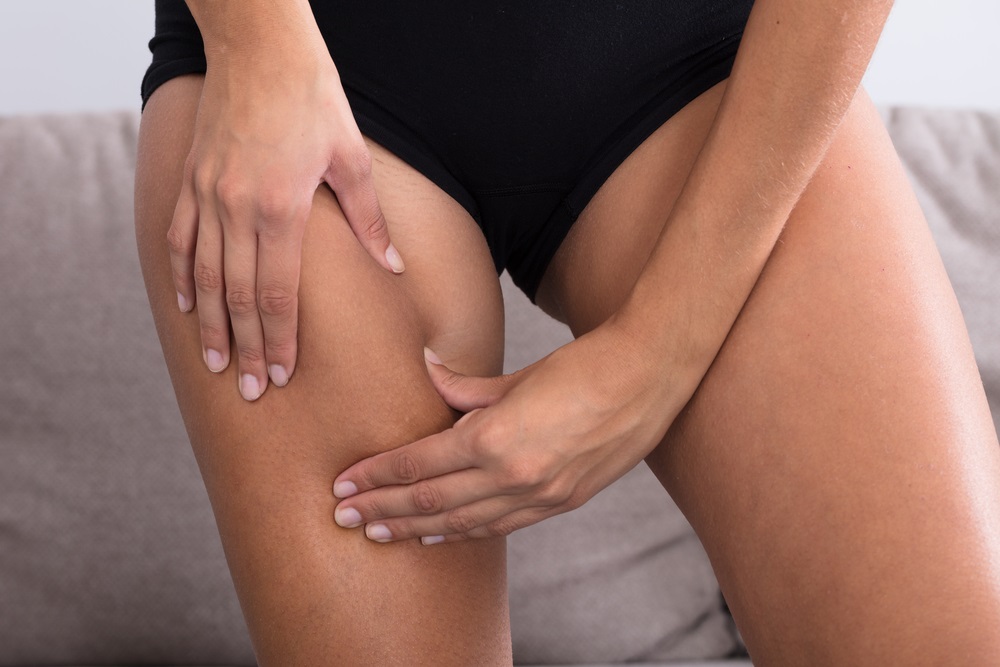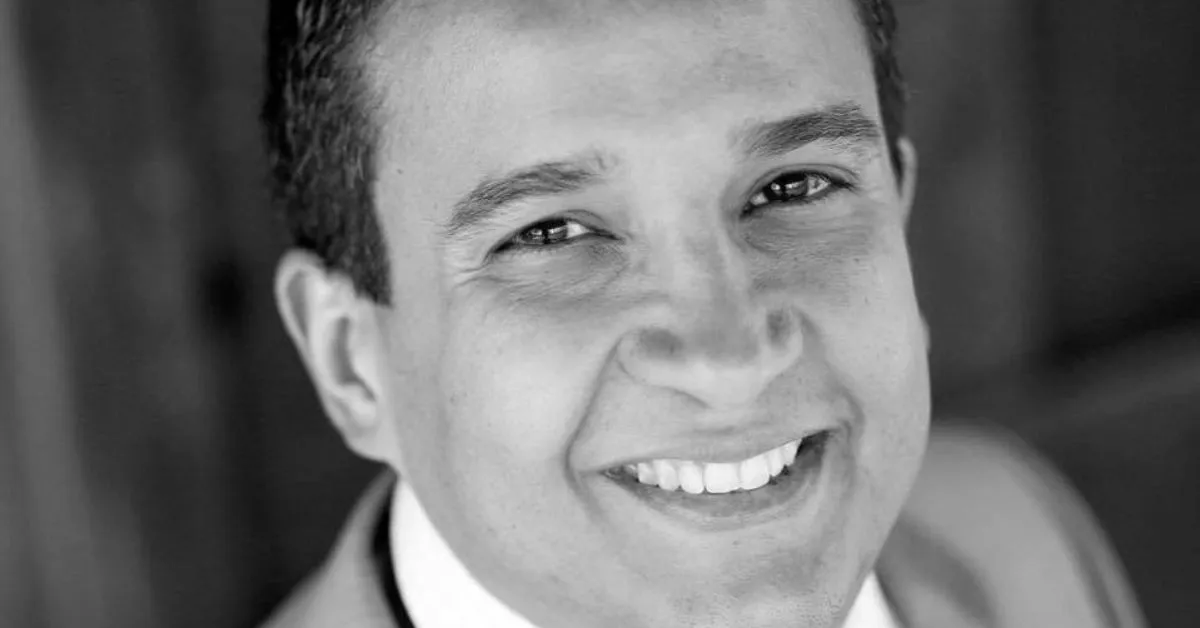- Breast deformities can affect the mammary glands, nipples, and milk lines.
- Some conditions are so extreme that they are almost completely debilitating.
- Plastic surgery offers effective solutions to these congenital disorders.
Breast enhancement procedures, postmastectomy reconstructions, breast reductions to help relieve aching backs — these are the cosmetic procedures that typically come to mind when we think of breast surgery.
Yet there are also dozens of lesser-known congenital conditions that affect breast and nipple development, many of which are treatable in whole or in part through plastic surgery.
We spoke with Dr. Scott Newman, a respected plastic surgeon with practices in Manhattan, Westchester County, and Long Island, New York, about some of the most common types of congenital breast deformities. Here is an overview of the surgical procedures that can be performed to help women who suffer from these conditions.
Absence of Breast Tissue
Technically, this is several conditions rolled into one. However, they all share one common element which results in underdeveloped (or completely missing) breasts. Although each of the following conditions are subtly distinct, they’re all similarly challenging for the people who suffer them, and are often treated in the same way.
Amazia
Amazia refers to the complete absence of breast tissue in one or both breasts. Someone suffering from amazia may have a fully developed breast on one side and be completely flat-chested on the other. Or, she may be flat-chested on both sides.
“Amazia is an absence of the mammary gland, but the nipple and areola are still present,” says Newman. “The condition may coexist with other issues, such as Poland’s syndrome. True cases of amazia are relatively rare — more often, the patient is simply very, very small-breasted.”
A breast augmentation can help give the appearance of breasts where there are none. However, it is often necessary to expand the skin prior to surgery so it can accommodate the implants. This is achieved with an inflatable implant, also known as a tissue expander.
“An expander helps to create a larger implant pocket and stretches the skin, but commits the patient to two procedures,” says Newman. “This generally isn’t required for a modest augmentation. A better alternative might be to use a smaller-sized implant with the plan of changing to a larger one after some time. It really depends on the patient’s desires — most people who are tiny aren’t looking to be huge.”
Amastia
Amastia and amazia are often used interchangeably, but they are distinct conditions with different features. Like amazia, amastia involves the total lack of breast glandular tissue. However, amastia also includes the lack of nipple and areola, leaving the affected person’s chest both flat and blank.
“With true amastia the whole breast — nipple, areola… everything is missing,” says Dr. Newman. “It’s extremely rare. In fact, I’ve never seen or heard of a true case of amastia.”
Amastia can develop in one or both breasts, and is often attributed to a failure of the milk line to develop properly.
Whatever the cause, the solution is straightforward: breast implant surgery (with or without tissue expansion), followed by nipple reconstruction or tattooing.
“Nipple and areola reconstruction are two distinct procedures,” says Newman. “The areola is flat, whereas the nipple is more three-dimensional. The nipple is usually reconstructed by moving tissue around to create an area that projects out. The areola is reconstructed either by simply tattooing the skin around the nipple, or taking a graft of skin from a darker-skinned area on the body.”
Breast Hypoplasia
Once again, we’re dealing with a lack of breast tissue. However, in the case of breast hypoplasia, also known as micromastia, the breast is partially developed. In other words, someone with amastia or amazia will have one or both breasts appear completely flat, whereas someone with breast hypoplasia will also have one or both breasts appear severely underdeveloped — but definitely present.
This leads to more than just small breasts, as the affected breasts may appear malformed. What’s more, the condition is often unilateral, meaning only one breast will appear underdeveloped, causing severe breast asymmetry.
Breast implants are often used to create uniformity in the chest. Tissue expansion may not be necessary given that the affected breasts are at least partially developed.
“The biggest challenge in such cases is that the typical landmarks on the breast are not completely obvious when the breast is very small,” says Newman. “The location of the fold under the breast may not be very obvious, yet is critical in determining the ‘mathematics’ and ‘geometry’ of breast augmentation”
Researchers from the Mayo Clinic’s Division of Plastic Surgery have also identified the following challenges related to this condition, particularly considering it so often affects adolescent girls:
- Identifying the ideal timing for surgery.
- Choosing the optimal reconstructive method while taking into consideration ongoing changes in the female body (e.g., future pregnancy).
- Considering the use of a two-stage reconstructive approach to gradually expand the skin envelope.
Breast Hypertrophy
At the other extreme, imagine a young woman who first starts to develop breasts during puberty, only they grow so much that simple tasks like walking and bending over become challenging.
In extreme cases, the overgrowth of breast tissue not only hurts the back, interferes with exercise, and requires custom bras — it can result in a single breast several times the size of your head, and/or breasts that hang down to the knees. Breast hypertrophy causes quality of life and health issue above and beyond what your average large-chested woman experiences.
Fortunately, this is an extremely rare condition, with little more than 100 cases reported in the United States last year. It typically appears at puberty (virginal hypertrophy) or at the onset of pregnancy (gravid macromastia). However, it’s also been connected to obesity and Penicillamine, a medicine used to treat a wide range of conditions, including rheumatoid arthritis and kidney stones.
Breast hypertrophy is generally classified in one of two ways: Macromastia is breast hypertrophy up to five and a half pounds of breast tissue. Gigantomastia is breast hypertrophy where the breast tissue exceeds that amount.
Treatment can be surgical or hormonal. Breast reduction is often used to reduce the breasts to a more manageable size. However, the breasts often continue to grow, requiring additional surgeries. For this reason, surgery is generally preceded by hormonal therapy to stem breast growth. If this is not successful, then a full mastectomy may be necessary.
Tuberous Breasts
Also called tubular breasts, this condition involves breasts that are fully functional but not fully developed. The glandular tissue that makes breasts round is malformed, resulting in breasts that appear misshapen and droopy. Due to their lack of volume, the breasts may also seem like they are spaced far apart.
Tuberous breasts can also involve other physical abnormalities, like enlarged areolas, suggesting the condition is about more than just stunted development. It can also involve other breast abnormalities, like hypoplasia. The overall effect can be extremely damaging to a person’s self-esteem.
The exact cause of tuberous breast deformity is unclear, but some theorize it could have something to do with constricted skin around the breast that interrupts normal development. For this reason, tuberous breasts are sometimes referred to as constricted breasts.
The condition can involve one breast, resulting in a severely uneven look, or both breasts, resulting in an overall wilted chest. In either case, breast implants can help with achieving a fuller and more balanced look.
Polymastia
Polymastia refers to accessory breast tissue. This is not to be confused with the overgrowth of breast tissue involved in breast hypertrophy. This accessory tissue is separate from the breast, often closer to the armpits. For an extreme example imagine someone with three breasts, one of which is somewhat higher and less developed than the others. This is the accessory breast.
The accessory breast, also called the supernumerary breast, appears as a mass somewhere along the milk lines of the body. These milk lines flow from the armpits, across the nipples, down the sides of the abdomen, and meet at the groin. The development is almost always near the armpits, and may or may not be accompanied by a nipple and areola.
The condition typically presents itself at puberty during normal breast development and can be painful and unsightly. It can also worsen when menstruating or during pregnancy. Needless to say, many sufferers seek removal of the accessory tissue.
Historically, surgery has been used to remove the tissue and any accompanying nipples, but this causes some scarring. More recently, liposuction has been used to remove tissue and fat. The procedure is then followed by minimal surgery to remove excess breast skin. Some believe this to have the best cosmetic outcome, as it leaves a less visible scar.
“Polymastia generally involves an accessory nipple, without any significant volume,” says Newman. “Liposuction can help if volume is the issue, although direct excision may be necessary in some cases.”
Nipple Deformities
Some conditions don’t affect the breast as a whole, and are more concentrated on the nipple-areolar complex. However, that doesn’t make them any less painful to deal with. The following conditions are two of the most common congenital deformities affecting the nipples.
Nipple Hypertrophy
This is when your nipples stick out. Of course, most nipples stick out to a degree. If they didn’t, they’d be inverted (see next). However, hypertrophic nipples stick out egregiously. Think tiny doorknobs, overly round and protruding from the breast all of the time. This condition is occasionally painful and often embarrassing as the nipples can be easily chafed and visible through clothing.
The cause is largely unclear. However, researchers suspect there may be a genetic component as the condition tends to run in families and is significantly more common among those of Asian descent, followed by Caucasians.
Thankfully, the treatment is simple. Nipple reductions can decrease the prominence of the nipple without limiting sensitivity.
Nipple Inversion
Here we have the opposite problem. Inverted nipples tend to recede into the breast, a condition that is rarely uncomfortable but can make affected women extremely self-conscious.
This surprisingly common condition affects roughly 10-20% of the female population and the causes are numerous. Many women are born with it while others develop it via trauma, infection, breast cancer, and even sagging breasts. The condition has also been attributed to some relatively rare diseases, such as tuberculosis.
Whatever the cause, nipple inversion can be corrected with surgery. Some doctors will sever the milk ducts to release pressure on the nipple and allow it to come forward. However, many women don’t like this option as they fear that it may interfere with their ability to breastfeed in the future.
“With nipple inversion, breast feeding is often not possible to begin with,” Newman explains. “The reason why nipples invert has to do with a tethering of the ducts beneath. These tight ducts pull down on the nipple and need to be cut to correct the issue. There are often adjacent ducts that are functional — correcting the inversion can actually help with breast feeding via the ducts that are normally developed.”
Newer techniques can also treat the condition by stretching the connective fibers instead of severing them.
A Complex Organism
To be sure, this list only scratches the surface. Conditions that affect the breast and chest region are so varied and complex as to essentially be innumerable. As our bodies develop from birth through puberty and beyond, there are many opportunities for things to go off the rails.
Realizing that they’re not going to develop normally, that they won’t look and feel like everyone else, is a hard reality to accept for many women. Thanks to corrective breast surgery, they don’t have to. They can instead choose to do something about it.









